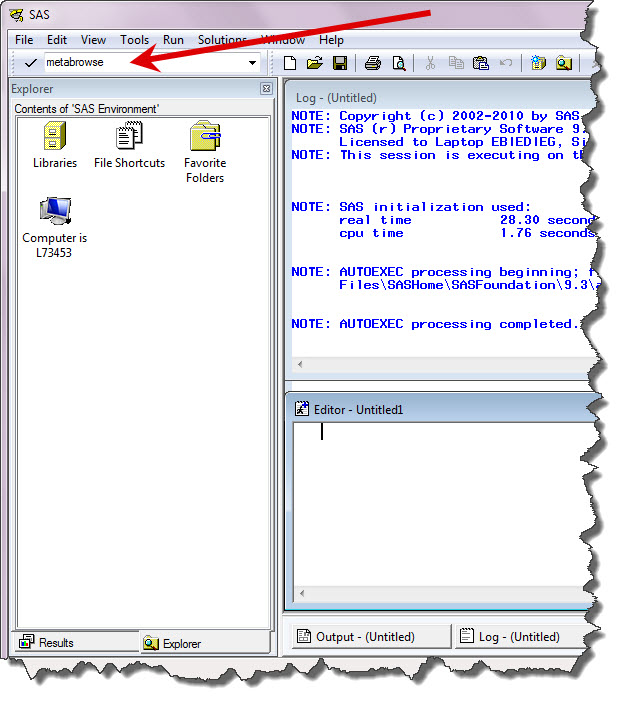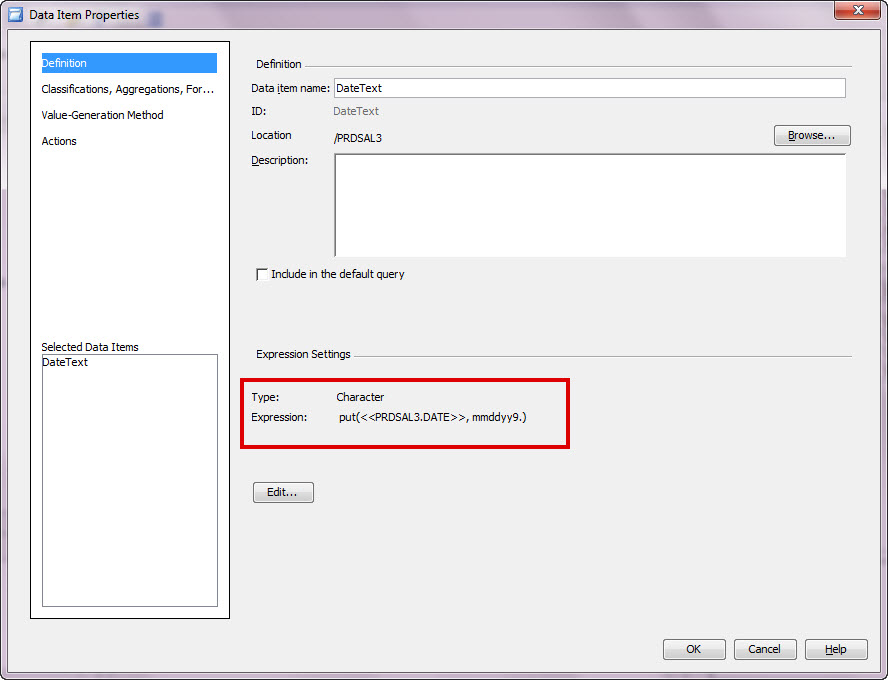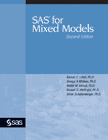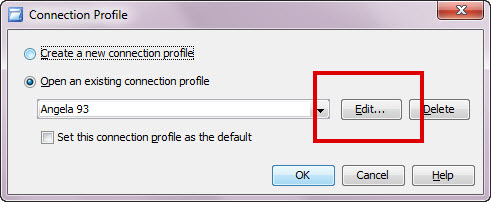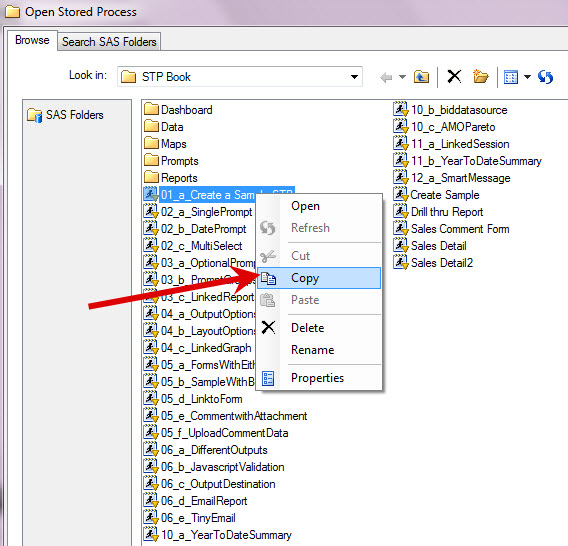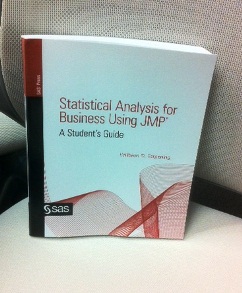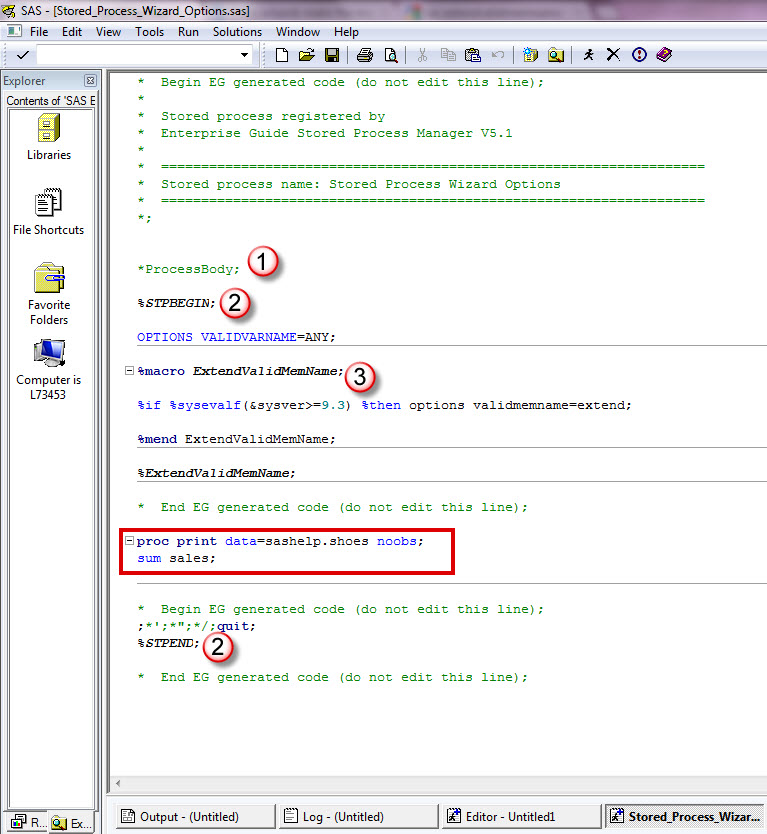
Wizard Harry Potter makes magic just waving his wand around and shouting out spells. Using SAS Enterprise Guide (and you are welcome to shout out your own commands too) you can create some magic, allowing the Stored Process Wizard to code for you. On Step 2, the "Include code for"

